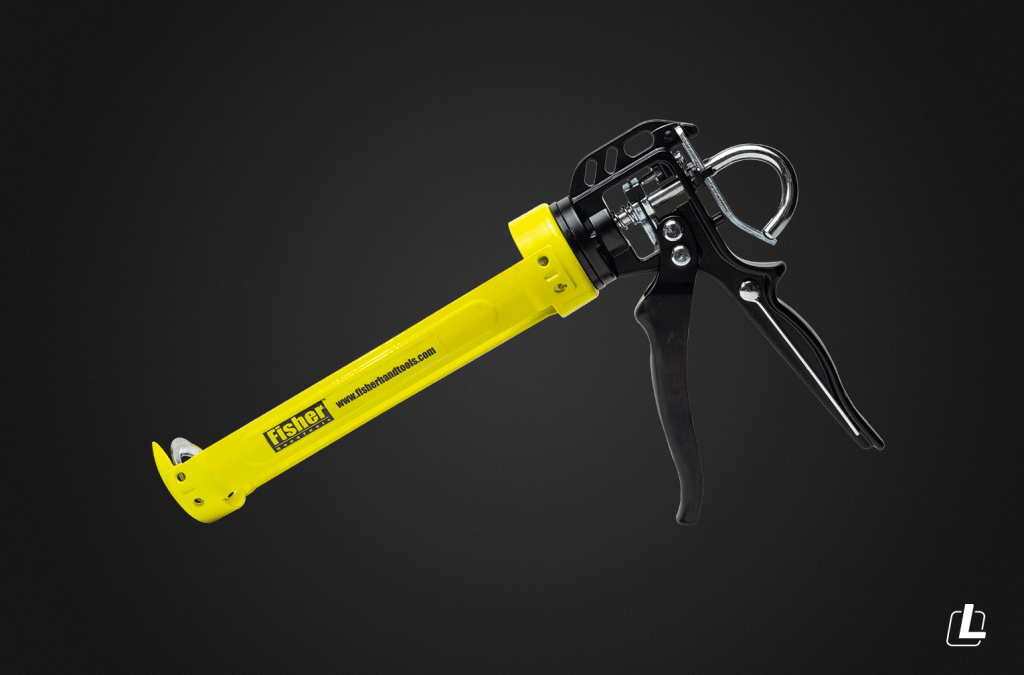Menu ☰

What to Know About Metal Roofing Sealants
An important step in weatherproofing a metal roof is applying a proper sealant to areas where rain and moisture can seep through. There are a number of sealant options available, so in this article we will go over the important specifications to not while choosing the right sealant for the job.
Sealant Types
The three main types of sealants used for metal roofing are silicone, polyurethane and polymer sealants. These indicate the basic chemical structure of the sealant, but also have implications for how the sealants will perform. Each of these types are considered to be high performance sealants, and meet regulation requirements for most areas. However, the performance of each type varies significantly under certain circumstances.

Polyurethane Sealant
Polyurethane sealant is popular as the most cost-efficient sealant. Polyurethane, when compared to silicone and advanced polymer sealants, is cheaper to manufacture and so tends to have the lower price tag. However, when it comes to performance, polyurethane is not always a good option.
The Adhesive and Sealant Council rates polyurethane as moderate or good in most areas, but gives polyurethane a poor rating for its ability to withstand water without degrading. Polyurethane is also rated poor for low temperature gunnability, which means that in low temperatures polyurethane becomes less flexible.
Silicone Sealant
Silicone is known for its weather and high and low temperature resistance abilities. Silicone is rated very well for UV resistance and water resistance. There are a few drawbacks with silicone. Silicone tends to be a more expensive option when it comes to sealants. Silicone is also highly susceptible to tearing, which can result in leaks. Other points to consider with silicone sealants are that silicone tends to be available in few colors, and rates low for paintability with water based paints, making it difficult to match silicone sealants with the color of metal panels.
With the drawbacks of silicone in mind, there are times where silicone must be used. For high temperature applications, silicone is the best option. Polyurethane and polymer cannot withstand consistent temperatures above 185°F. If that temperature will be exceeded, silicone is the way to go.
Polymer Sealant
Polymer sealants are becoming more popular for metal roofing applications, but still hold a relatively small portion of the sealant market. The reason polymer sealants are becoming more popular is because of changed in regulations as a result of hurricanes and extreme weather events, where polymer sealants have been shown to outperform polyurethane and perform about as well as silicone. Polymer sealants are also available in a variety of colors and can be painted with water based paints. Polymer sealants also rate very well for VOC”s when compare to other sealant options.
Cure
Another important consideration when choosing the type of sealant for a job is the sealants cure time. Polymers have a very fast cure time which may be important for a job that needs to be completed quickly. Cure time is also important because the longer a sealant takes to cure, the more dirt there will be that gets stuck to the sealants surface. At a jobsite where there may be a lot of dust and dirt, it can be incredibly frustrating if it ends up bonding with the sealant. If dirt is a concern, especially if the sealant is going to remain exposed, then polymer sealants are the best choice for a fast curing sealant.
Type
A sealants type is an indication of how the sealant is cured. There are two types of sealants in this case, Type S and Type M. Type S sealants are single component, meaning they will cure after application with no additional steps needed. Type M sealants are chemically cured sealants which require additional steps to be taken for proper curing.
Class
A sealants class is indicated by a number or fraction ranging from 12-1/2 to 100/50. The number indicated the percentage of the sealants ability to expand and contract. If there is a single number, then the sealants ability to expand and contract are the same. For example, a class 35 sealant can expand or contract up to 35% of its original width. A sealant with a class of 100/50 can expand up to 100% of its original width, and contract up to 50% of its original width. When it comes to metal roofing, the recommended classes of sealant are 35 and 50. These sealant classes allow for enough movement to take place as metal panels experience some expansion and contraction.
